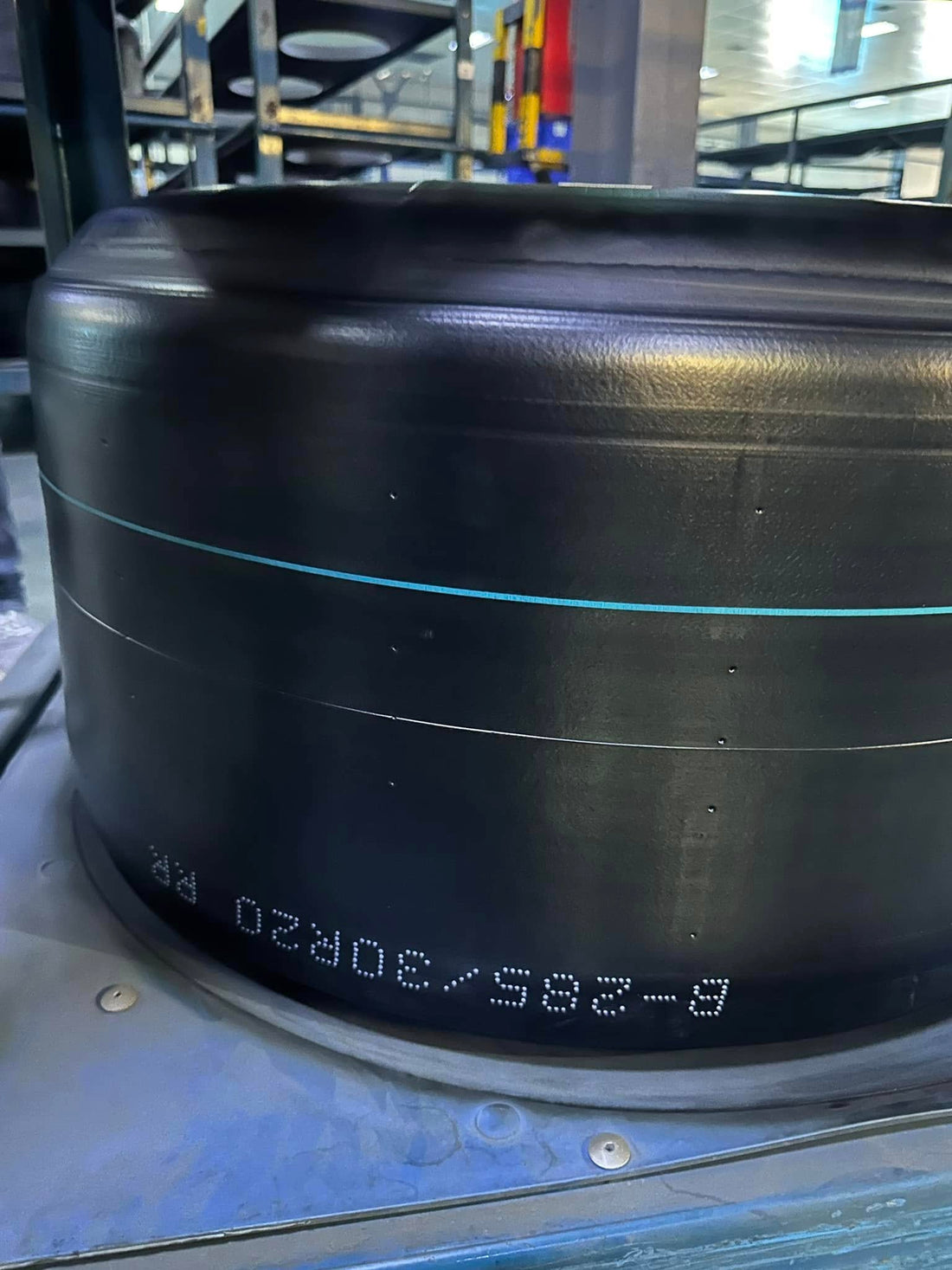Our journey in Qingdao took an exciting turn as we ventured to FangXing Rubber Company, a sprawling facility covering over 10 million square feet. While the facility hosts various operations, our attention was squarely on the premium-level passenger radial production line—home to the Vitour P1. Along the way, we also had the chance to briefly explore their state-of-the-art truck and bus tire production areas.
During my visit, I captured numerous photos and videos documenting the meticulous process of manufacturing the Vitour P1. Unfortunately, due to the privileged nature of our access—granted through a trusted partnership—most of these visuals cannot be shared publicly. However, I’ve included a few photos of the P1 in various stages of production, along with a professionally produced video authorized for public viewing.
This video is particularly exciting because it showcases the exact facility I toured. Several machines featured in the footage are the same ones I observed in action during the P1’s production. The only notable difference is that the video demonstrates white rubber sidewall production, whereas the P1’s sidewalls are entirely black. Nonetheless, it accurately depicts the sophisticated manufacturing process in action. You’ll find the YouTube link to this video at the end of the post.
The Complex Process of Tire Production
Producing a tire—especially one designed for high-performance racing—demands precision, cutting-edge technology, and stringent quality control. The journey begins with globally sourced, high-quality raw materials mixed into a specialized compound. This compound undergoes rigorous testing for consistency, ensuring it meets exact specifications before moving to the next phase.
The rubber is then shaped and assembled through advanced machinery, which integrates belts, cords, and sidewalls while precisely cutting materials. Critical factors such as belt angles are optimized for heat tolerance and overall performance. At this stage, the “green tire” emerges—a sticky, slick prototype ready for molding and curing.
Once cured, the tire undergoes cooling and a series of comprehensive quality checks, including balance, roundness, uniformity, and visual inspections. The P1’s production utilizes state-of-the-art, laser-guided, high-precision equipment comparable to that of industry giants like Michelin, Bridgestone, and Yokohama. These machines, including the latest generation VMI Exxium tire-building systems, are essential for achieving the P1’s elite performance. Meanwhile, mold tooling is supplied by Himile, a trusted partner.
Proprietary Compounds and Unmatched Development
One of the defining features of the Vitour P1 is its semi-slick tire compound. This proprietary formulation is closely guarded, with access restricted to vetted and trusted individuals. The current P-01R semi-slick compound represents the culmination of over 70 revisions and significant investments in time, expertise, and resources.
This level of innovation sets Vitour apart from many other Chinese manufacturers producing semi-slick tires. Often, private-label brands or "trading houses" rely on standard factory compounds rather than committing to the extensive development process required for top-tier performance. In contrast, Vitour’s rigorous approach ensures their tires meet the highest standards of the industry.
A Warehouse Full of P1 Tires
Our tour concluded at Vitour’s expansive warehouse, where over 100,000 tires awaited shipment, including more than 15,000 P1 tires in various sizes. These tires are carefully packed and shipped to customers worldwide, ensuring high performance for racers and enthusiasts alike.
In the next installment of this series, I’ll share my visit to Himile’s facility, explore their role in Vitour’s success, and provide insights into future plans and Chinese business culture.
Watch the factory tour video here:
https://youtu.be/nN01q_nMJKs?si=us9CIfTt-s2tuB81











